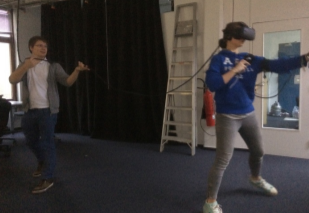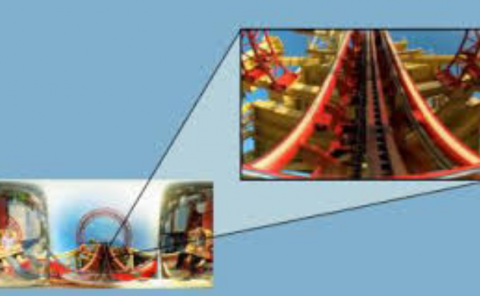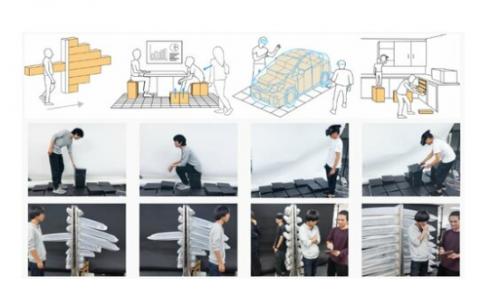KiVR Sports: Influencing the Users Physical Activity in VR by using Audiovisual Stimuli in Exergames
PubDate: September 2019
Teams: Hamburg Universität,University of Central Florida
Writers: Kolja Kirsch;Christian Schatzschneider;Carina Garber;Aila Rosenberger;Konya Kirsten;Oscar Ariza;Frank Steinicke;Gerd Bruder
PDF: KiVR Sports: Influencing the Users Physical Activity in VR by using Audiovisual Stimuli in Exergames

Abstract
In traditional fitness or exercise situations, people often lack motivation. Fitness video games try to enhance exercise by combining cognitive game demands with physical activity and body coordination. We designed and evaluated a dynamically-adaptive fitness game environment that has motivating effects and can be used besides, or as an alternative to standard fitness programs. In this work, we explore the effects of game design elements (e.g., music, lighting) on engagement in a VR exercise game suitable for high-intensity interval training. Participants reported a higher perceived incentive to perform well when the music tempo depended on the measured heart rate. A lower incentive was reported when the heart rate influenced in-game lighting. Static lighting produced significantly higher heart rates. Further displaying a score was effective on both heart rate and perceived incentive.



